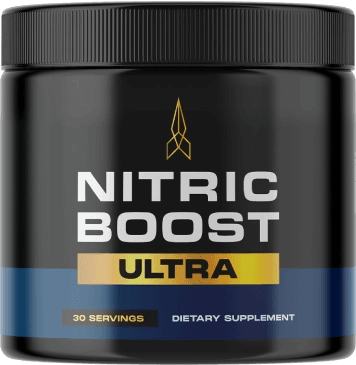Exercise is often thought of in terms of physical appearance — burning fat, building muscle, and shaping the body. But beneath the surface, something far more powerful is happening. Each time you move your body, an intricate web of physiological processes is activated that improves nearly every system in the body. From your brain to your immune system, exercise has the ability to transform your entire being.
1. The Brain on Exercise
When you exercise, your brain experiences an immediate surge in blood flow and oxygen. This stimulates the release of chemicals like dopamine, serotonin, and endorphins — the body’s natural mood enhancers. These are the same chemicals targeted by antidepressants. It’s no surprise that people who exercise regularly report reduced symptoms of anxiety and depression.
Over time, exercise actually changes the brain’s structure. It promotes the growth of new brain cells (a process called neurogenesis), especially in the hippocampus, the region associated with memory and learning. That’s why regular movement is linked to sharper thinking and a lower risk of cognitive decline as we age.
2. The Heart and Circulatory System
Cardiovascular exercise strengthens your heart, allowing it to pump blood more efficiently. As your heart becomes stronger, your resting heart rate decreases, and your blood pressure stabilizes. Meanwhile, your blood vessels become more flexible, reducing the risk of clots and improving circulation throughout the body.
This system-wide improvement reduces your risk for heart disease, stroke, and type 2 diabetes. Even modest increases in physical activity can yield significant benefits for heart health.
3. Muscles, Joints, and Bones
As you engage in resistance training or even bodyweight exercises, your muscles break down and rebuild stronger than before. This not only builds lean muscle mass but also boosts your metabolism, helping you burn more calories even at rest.
Exercise also increases bone density, which is critical in preventing osteoporosis, especially as we age. Joint mobility and flexibility improve with consistent stretching and movement, lowering the risk of injury and chronic pain.
4. The Immune System
Regular, moderate-intensity exercise boosts the immune system by promoting better circulation of white blood cells and antibodies. This improved surveillance system helps detect and fight off infections more quickly. Over time, active individuals are less likely to fall ill and tend to recover faster if they do.
However, it’s important to note that excessive high-intensity exercise without proper rest can suppress immunity temporarily — which is why balance is key.
5. Hormonal Balance and Metabolism
Exercise influences a range of hormones, including insulin, cortisol, adrenaline, and growth hormone. These hormonal shifts help regulate blood sugar, reduce stress, and promote fat loss.
Strength training and high-intensity workouts in particular are effective for improving insulin sensitivity, meaning your body uses glucose more efficiently, lowering the risk of metabolic disorders like diabetes.
6. Emotional and Psychological Effects
Beyond the chemical changes in the brain, exercise fosters a sense of accomplishment, self-discipline, and body confidence. It can serve as an outlet for stress or frustration, creating a meditative effect — especially during activities like running, swimming, or yoga.
Many people also report better sleep quality, improved focus, and a greater sense of control over their day when they exercise regularly.
Conclusion: A Lifestyle, Not a Shortcut
The science is clear: exercise isn’t just a tool for weight loss or building muscles — it’s a cornerstone of a vibrant, healthy life. The transformations go deeper than the mirror, reshaping the way your body functions and how your mind feels.
You don’t have to train like an athlete to reap the benefits. A daily walk, a couple of strength sessions a week, or a few minutes of stretching in the morning can set powerful changes in motion. The key is to move — consistently, joyfully, and intentionally.




